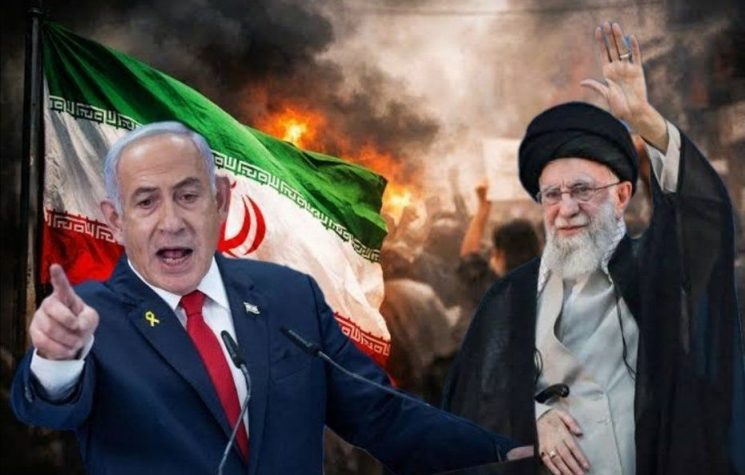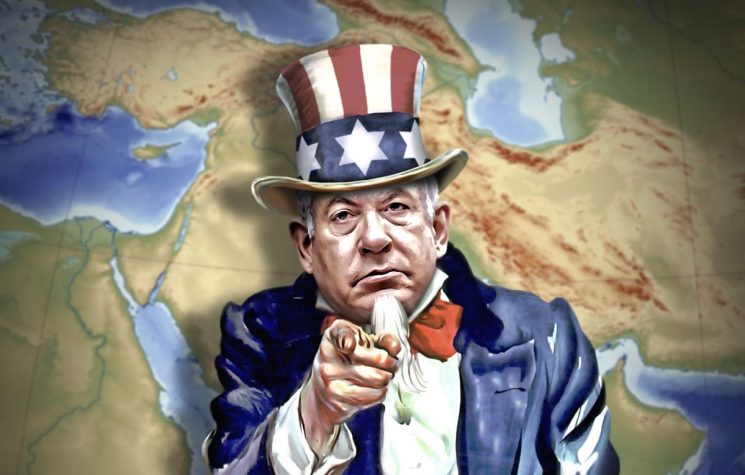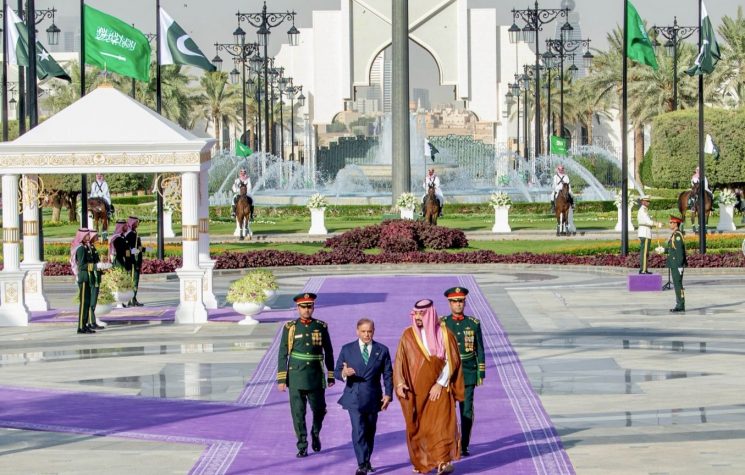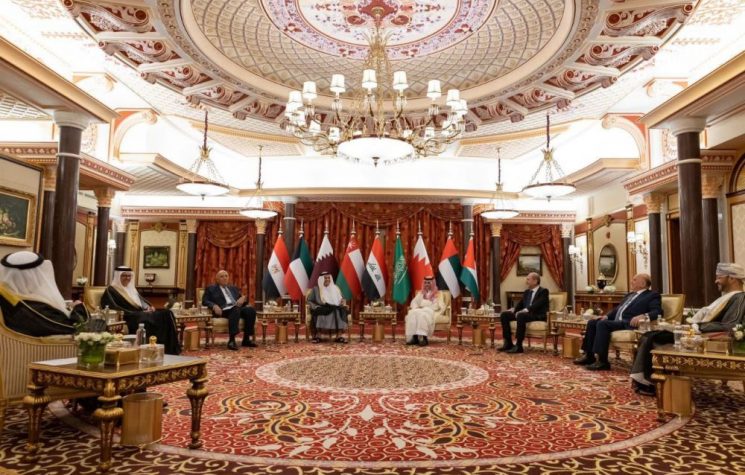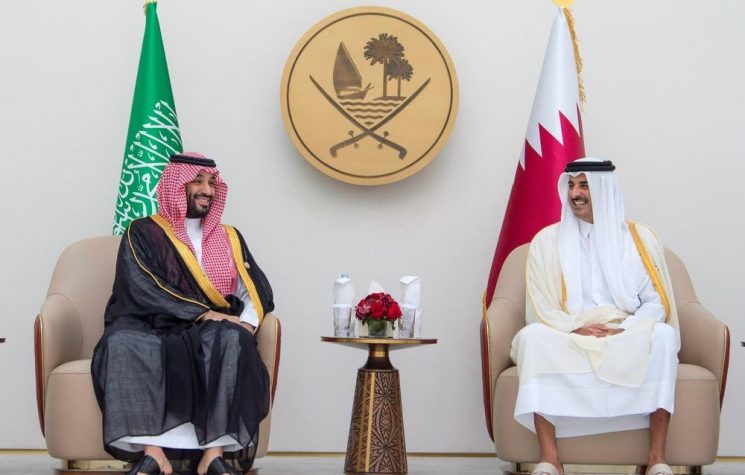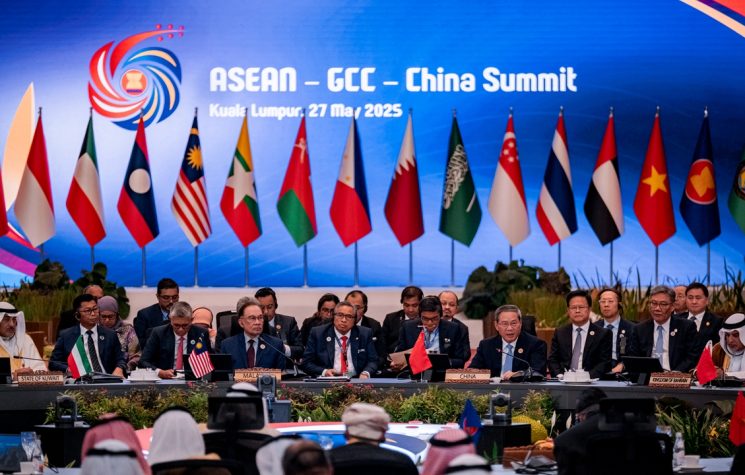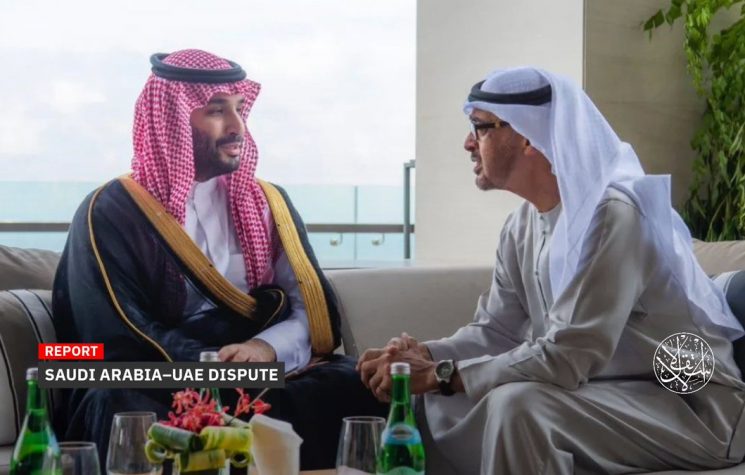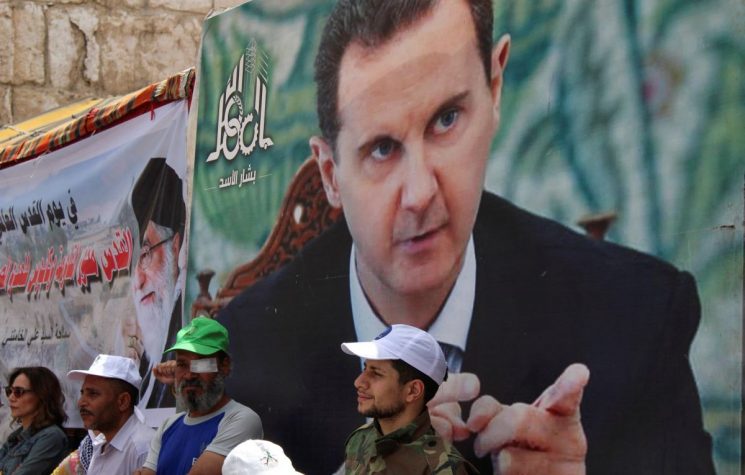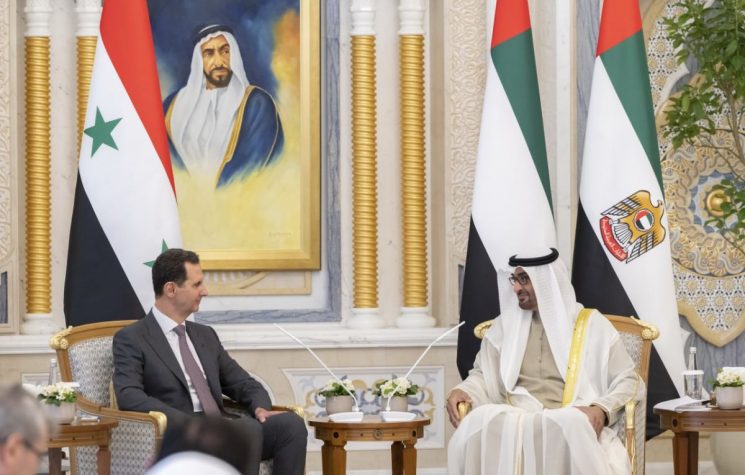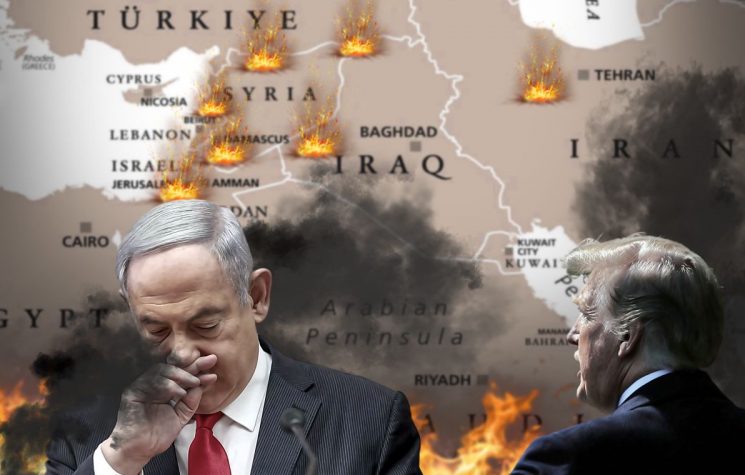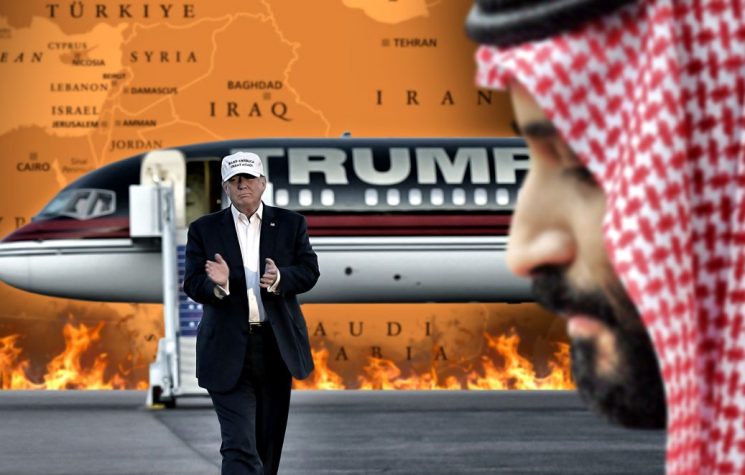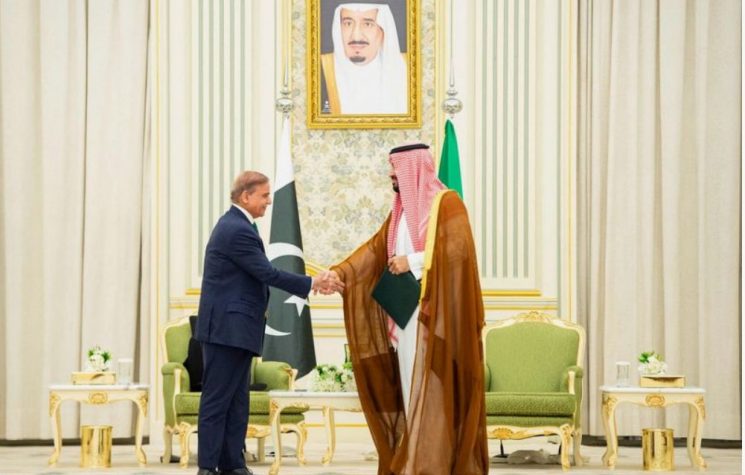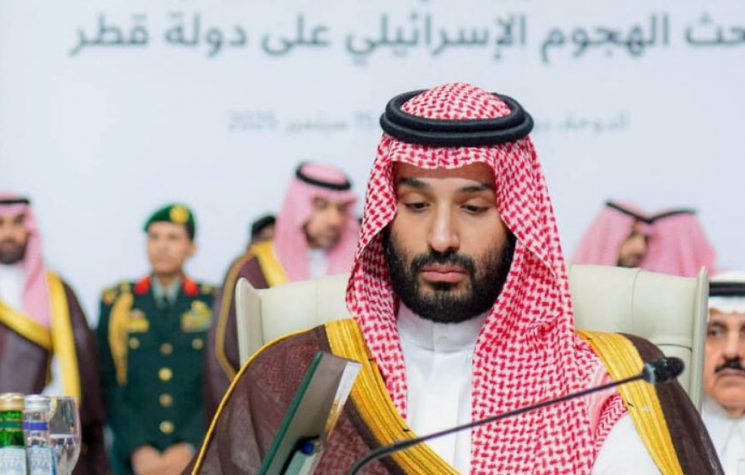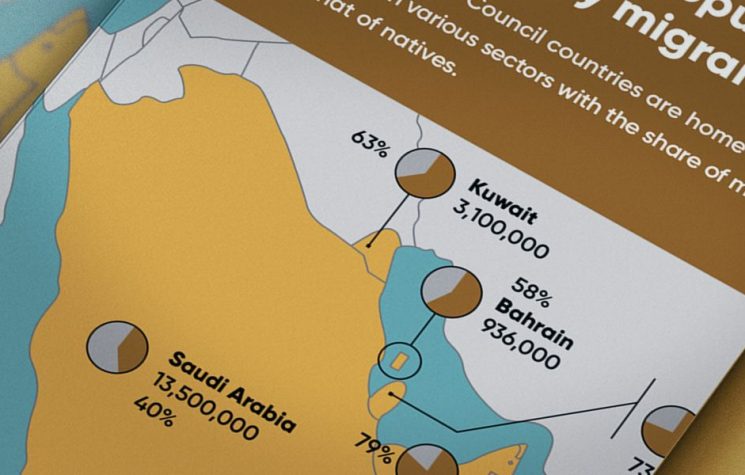The shifting sands of the Gulf may turn rock-solid in an alliance across the region with Iran, Steven Sahiounie writes.
The shifting sands of the Gulf may turn rock-solid in an alliance across the region with Iran. This new alliance is in defiance of the old divide and conquer policy used by the U.S. State Department.
The rapprochement between The Islamic Republic of Iran and the Kingdom of Saudi Arabia could transform the region, after being brokered by China on March 10, ending seven years of tensions. The nations are aware that there is safety in numbers, and strength in unity instead of standing alone.
Iran had decided to improve relations with its Arab neighbors instead of waiting for the U.S. to decide to renew the nuclear agreement. Saudi Arabia had made its own strategic decision to not depend on the U.S. for security. These two strategies brought Iran and Saudi Arabia together, with China demonstrating its ability to circumvent the U.S., when it is the U.S. standing in the way of stability in the Middle East.
“The recent successful dialogue between Saudi Arabia and Iran in Beijing helped improve bilateral relations between the two countries, which will strengthen regional solidarity and ease the tensions in the region. China will further support the process,” said Chinese President Xi Jinping to Saudi Crown Prince Mohammed bin Salman (MbS) by phone on March 28.
The deal involves Saudi Arabia supporting the return of Iran to the nuclear deal with the west, plans to end the war in Yemen, cooperation to stabilize Syria, and strengthening their joint ties in OPEC.
Iranian Foreign Minister Hossein Amir-Abdollahian announced on March 26 that the two countries had agreed to hold a meeting between their top diplomats, with the location to be announced, during the month of Ramadan, the Holy month of fasting, which ends the third week of April.
Both countries share the same religion, which is a common thread in their relationship but had been a point of division used by the U.S. to divide the two. Iran is Shite, and Saudi Arabia is Sunni. When the U.S. invaded and destroyed Iraq beginning in 2003, they used the Sunni-Shite divide to create chaos which served the U.S. interests to conquer and subjugate the Iraqi people in the U.S. project of regime change, which affected the whole region and created sectarian divisions.
Iranian President Ebrahim Raisi received an invitation from Saudi Arabia’s King Salman to visit the kingdom by letter, announced on March 19, which invited him to Riyadh.
Iran and Saudi Arabia are expected to open embassies in each other’s capitals from now to May 10. They will both resume security and economic agreements signed more than 20 years ago.
The United Arab Emirates (UAE) and Kuwait recently restored ties with Iran. Amir-Abdollahian said Iran also hoped steps would be made to normalize its ties with Bahrain as well.
Iran’s top security official Ali Shamkhani held talks with UAE President Mohammed bin Zayed Al Nahyan in Abu Dhabi on March 23, in yet another sign of the networking in the region.
In June 2006, U.S. Secretary of State Condoleezza Rice called for a “New Middle East”. In true American hubris, she and President George W. Bush thought Israel attacking Lebanon, bombing from the north to the south, and killing hundreds of civilians, was necessary to remove the resistance to the Israeli occupation of Palestine.
Rice and Bush lost their war, both in Iraq and in Lebanon. The resistance to occupation is as strong as ever, and now we have the UN recognizing that Israel is an apartheid state.
President Obama, supported by former Saudi Foreign Minister Prince Bandar, and aligned with former Crown Prince Nayan, also tried their hand at wiping out the resistance in Syria through regime change, but they all failed.
The New Middle East has emerged, finally, but it is not exactly what Rice and Bush were asking for. Iran and Saudi Arabia are together, and both asking for the liberation of Palestine.
When Israel’s Prime Minister Benjamin Netanyahu took office, for the sixth time, he pledged he had two main goals: to make a deal with Saudi Arabia under the Abraham Accords format and to increase illegal settlements on Palestinian land. With the new relationship between Iran and Saudi Arabia, Netanyahu’s position is dismal.
On March 24, Israel announced plans to build over 1,000 new units on illegally occupied Palestinian land, just days after agreeing in a meeting in Egypt to suspend settlement construction.
The Saudi Foreign Ministry condemned the Israeli plans, and called on the international community “to assume its responsibilities to end the Israeli occupation and to stop its provocative practices, which would obstruct the paths of political solutions based on the Arab Peace Initiative, and undermine international peace efforts.”
The Arab Peace Initiative was a Saudi proposal in 2002 that called for normalizing relations with Israel in return for withdrawal from Palestinian territories occupied in 1967.
The March surprise deal was a shock to the Biden administration, but the earlier October 2022 surprise was even harder to take in the Oval Office. Biden had gone to MBS personally to ask for an increase in the oil output to bring down the price of gasoline in the U.S. MBS flatly turned him down.
The Aramco attack in 2019 occurred when drones hit the Abqaiq oil facility while protected by U.S.-made air defense batteries; however, none were effective or took down even one drone. 19 individual strikes occurred, with 14 that punctured storage tanks, and three that disabled oil processing trains.
The facilities were knocked out of commission and the world’s largest petroleum producer was cut by half, representing about five percent of global oil production.
This was the beginning of Saudi Arabia formulating a strategy for security that does not depend on the U.S. but rather looks to neighborly alliances independently.










